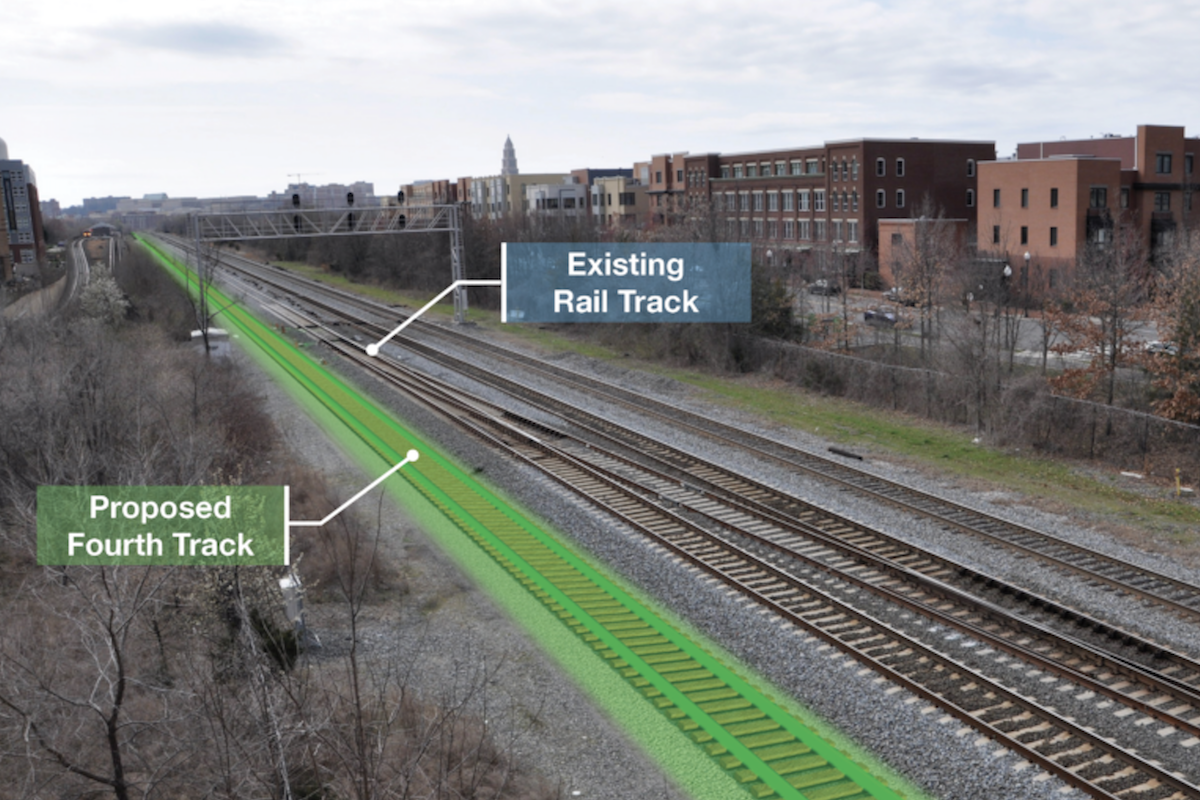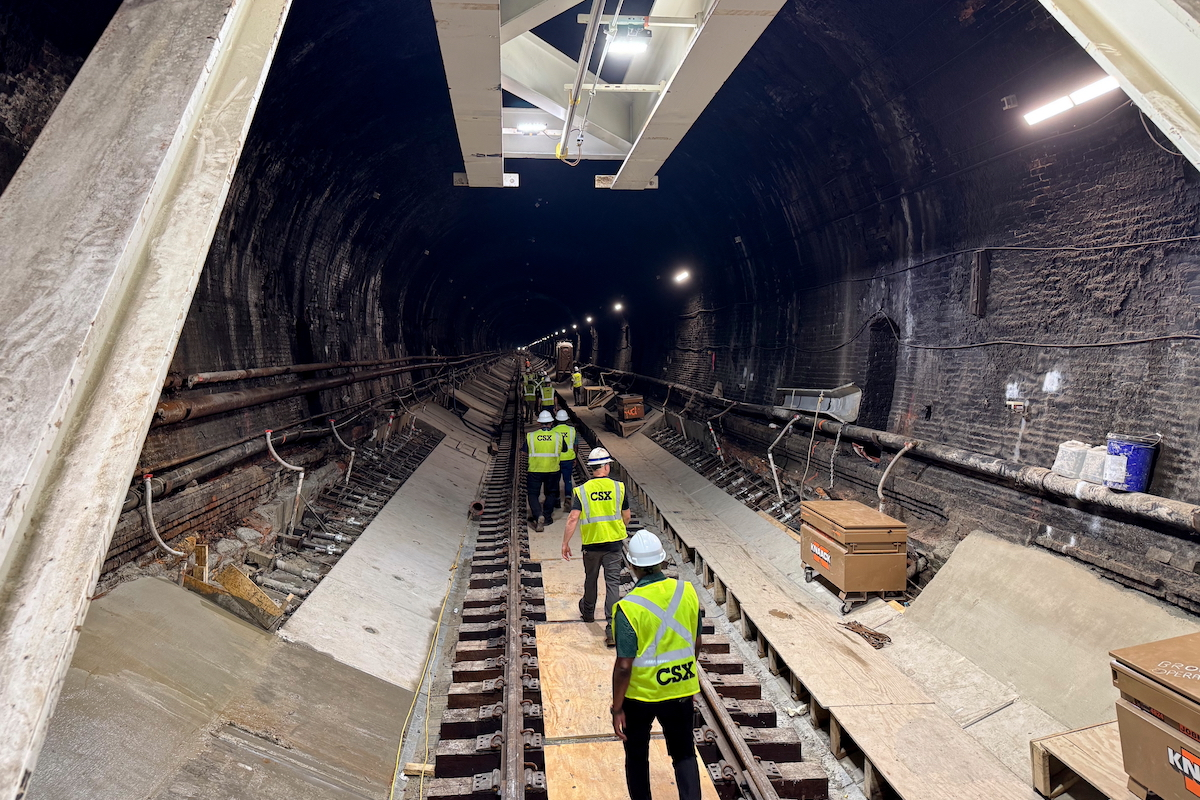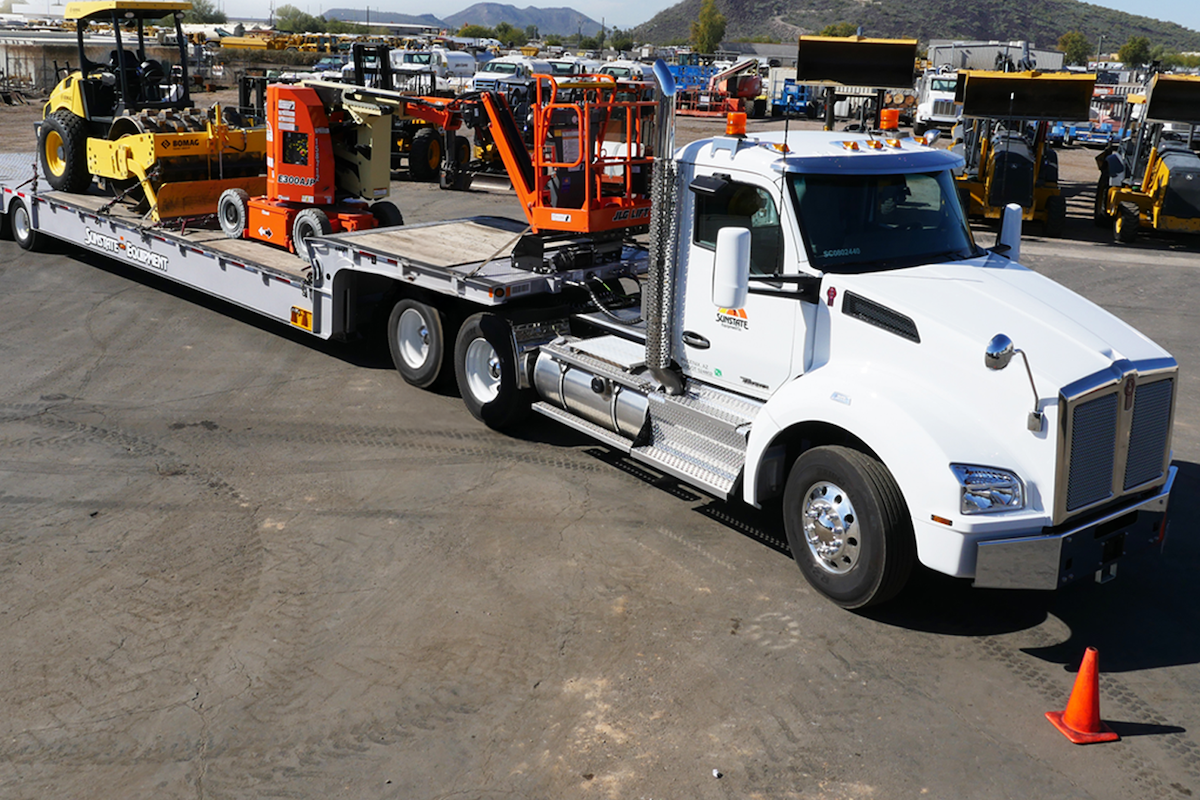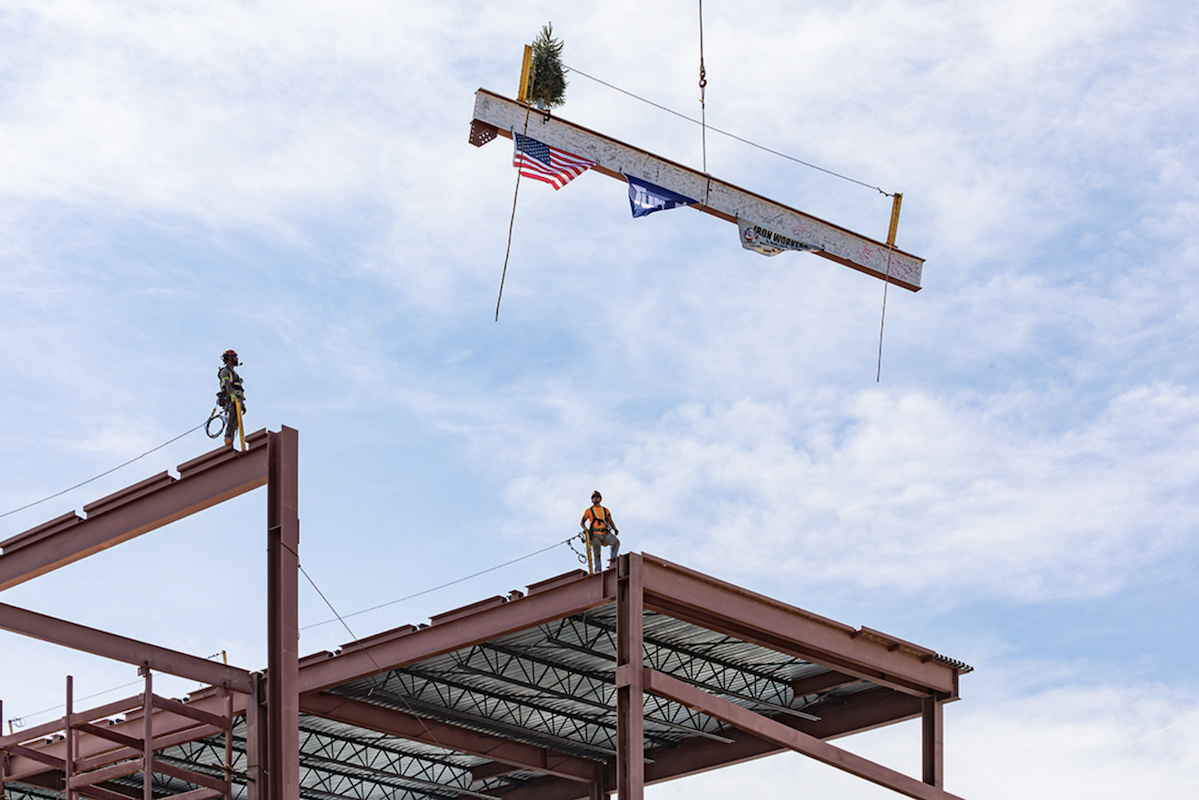WSP supports RCAM Technologies, which provides concrete solutions for renewable energy, in the development of 3DPC for the renewable energy sector, which includes concept and preliminary design of 3DPC structures, design tool development, test protocol development, feasibility studies, economic and environmental studies, fabrication and assembly planning, fabrication site searches and evaluation, port facility layout development, and risk identification/mitigation.
“WSP’s technical support has been critical to several of our projects including the development of support structures for land-based, fixed bottom, and floating wind,” said Jason Cotrell, CEO of RCAM Technologies Inc. “With their help, we are able to simultaneously develop our broad portfolio of concrete products including towers, anchors, and floating platforms while maintaining a lean, fast-moving, and agile core staff.”
According to Markus Wernli, Specialty Structure Design and Vice President of Maritime Division at WSP in the U.S., 3DPC is not expected to replace traditional concrete construction. Rather than replacing methods such as cast-in-place and precast concrete, it will be a complement to them.
“3DPC will become another tool in the toolbox for the construction industry,” Wernli said.
Then there are the technology’s new design possibilities that allow for structures that were not possible with conventional construction methods. With 3DPC, a robot layers beads of concrete to build structures from the ground up. This allows users to print odd shapes without formwork and is ideal for vertical construction.
“With RCAM Technologies, we are taking part in developing a new innovative construction methodology, and finding solutions for combatting climate change,” Wernli said. “We’re doing this by developing sustainable structures for the renewable energy sector that can be built cost effectively, expediently and in large numbers, despite the current labor shortage.”
WSP has a long history of supporting clients to develop new technologies for the heavy infrastructure sector. The firm understands how to develop innovative designs that are not covered by current design standards and that need to be based on principle mechanics, finite element analyses, and material and structural testing that follow strict rules for technology qualification towards certification by accredited third parties.
“WSP has led and participated in developing programs for emerging technologies such as 3DPC, all in collaboration with private companies, federal laboratories, U.S. Department of Energy, U.S. Department of Defense, and transportation, federal approval agencies, universities and subject experts,” Wernli said.
“Our applications and designs will fully engage the benefits of 3DPC,” Wernli said. “There’s already exponential growth in this technology’s use and development. The technology is impacting the housing sector and its reach is expected to eventually expand into heavy infrastructure.
“At this point, WSP and our clients can learn how 3DPC can be used now and into the future.” he added. “The use of 3DPC will first grow in less challenged structural and non-structural components before finding application in components for large infrastructure.”
Additionally, there’s not yet an ideal solution for this printing process to reinforce concrete components. This is because the material is orthotropic, meaning it behaves different when loaded in one direction than in another direction.
WSP’s work to help design and configure 3D-printed structures helps address these challenges. The firm continuously engages in a feedback cycle with 3DPC industry practitioners to identify potential solutions and improve current printing technologies, and to help clients like RCAM realize projects beyond construction codes that weren’t written with 3DPC considerations.
With 3DPC there are community and environmental considerations that need to be considered.
“Automation will cause a shift in labor skill from the more traditional construction worker to printing operators and maintenance workers,” Wernli said. “This means that additional workforce will be needed for the planning and programming for printing, printer setup, and development of future generation printers and materials.
“Environmental stewardship is another important aspect that needs to be considered for the future success of 3DPC,” he continued. “This includes the development of low carbon and energy footprint materials. Other, non-cementitious materials are already in development such as polymer concrete and wood composites.”
Article courtesy of WSP. Photos courtesy of RCAM Technologies








































































